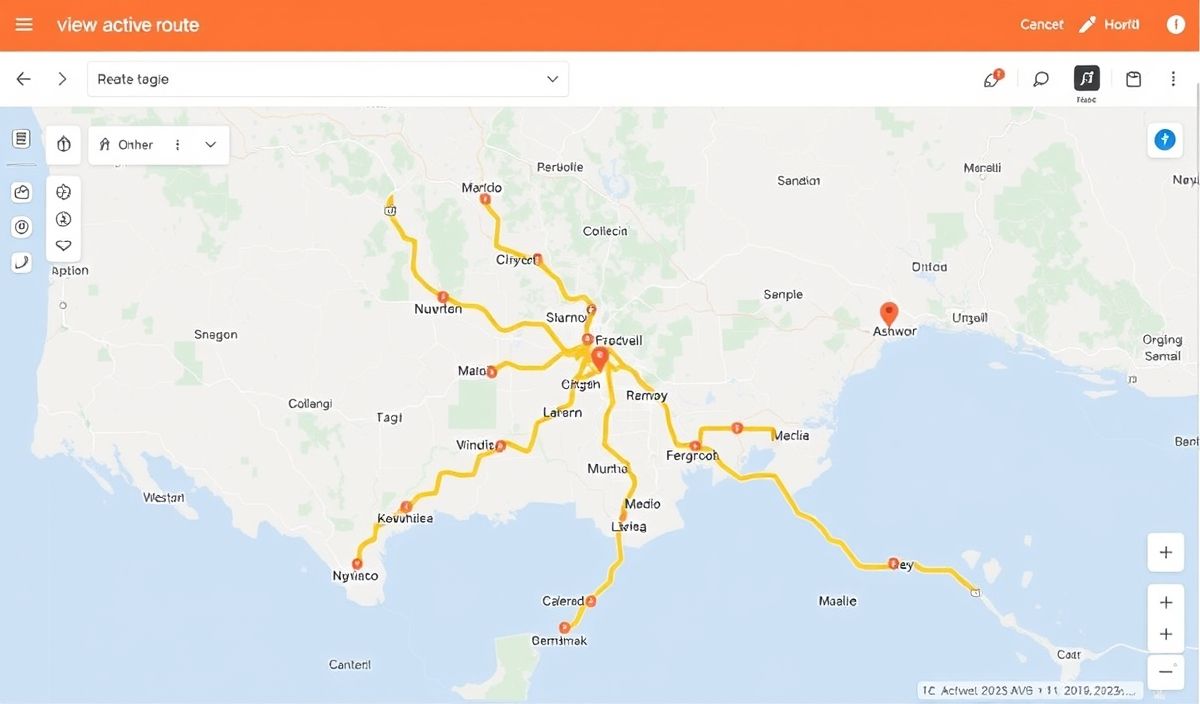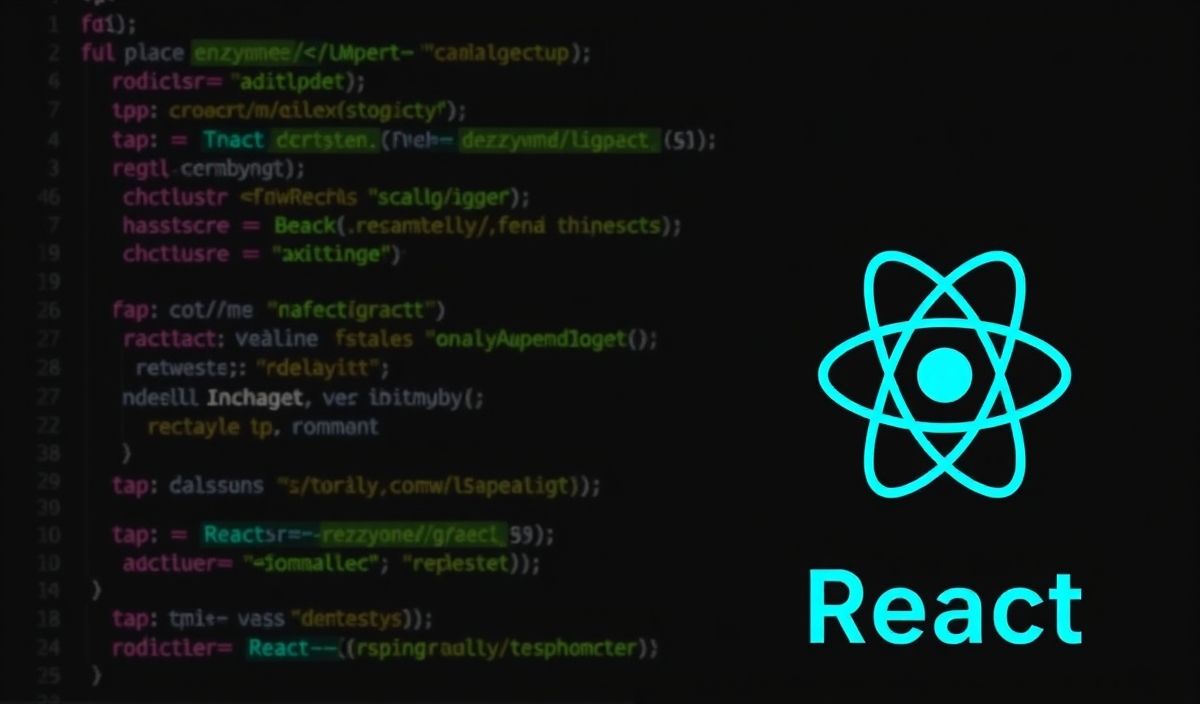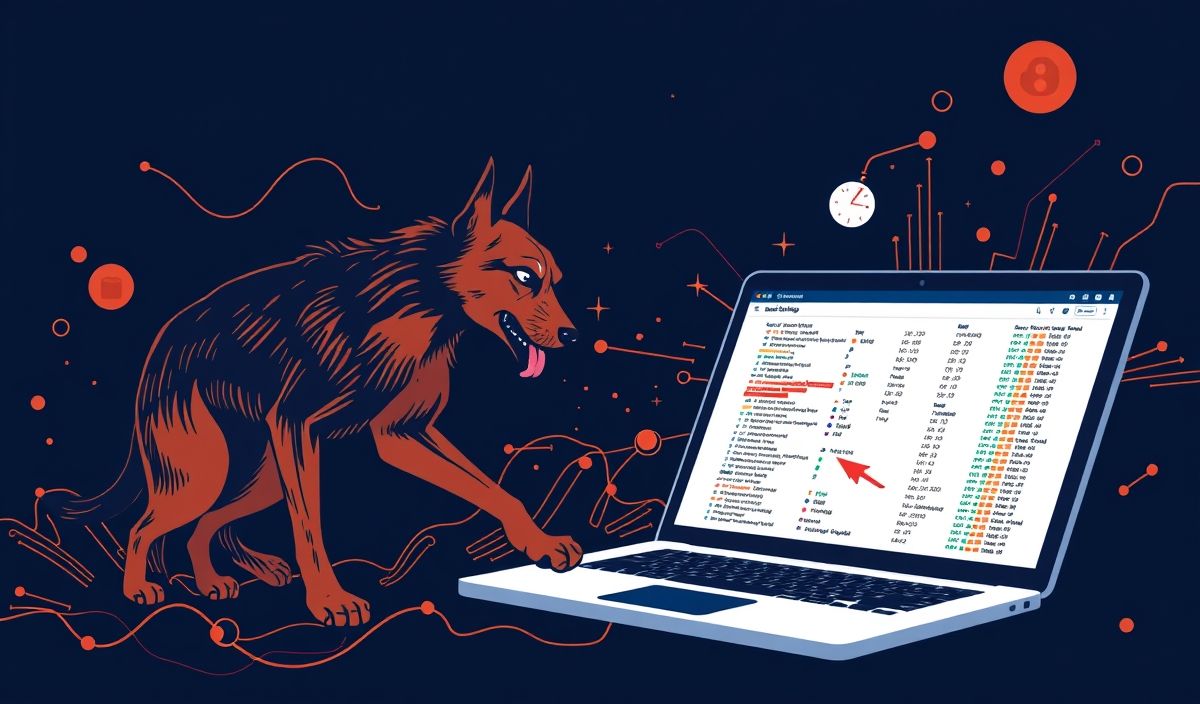Introduction to Debug Level
The debug-level is a crucial aspect of software development, enabling developers to diagnose and resolve issues efficiently. By adjusting debug levels, developers can control the verbosity of log output. In this detailed guide, we’ll introduce various APIs associated with debug-level and provide useful code snippets to illustrate their usage. We’ll also present an application example to demonstrate the practical implementation of these APIs.
Debug Level APIs
Here are some essential APIs for managing debug levels across different programming languages:
Python
import logging
# Set up logging
logging.basicConfig(level=logging.DEBUG)
# Use various debug levels
logging.debug('This is a debug message')
logging.info('This is an info message')
logging.warning('This is a warning message')
logging.error('This is an error message')
logging.critical('This is a critical message')
Java
import java.util.logging.Logger;
import java.util.logging.Level;
public class DebugLevelExample {
private static final Logger LOGGER = Logger.getLogger(DebugLevelExample.class.getName());
public static void main(String[] args) {
LOGGER.setLevel(Level.ALL);
LOGGER.severe("This is a severe message");
LOGGER.warning("This is a warning message");
LOGGER.info("This is an info message");
LOGGER.fine("This is a fine message");
LOGGER.finer("This is a finer message");
LOGGER.finest("This is the finest message");
}
}
JavaScript
console.log("Info level log");
console.debug("Debug level log");
console.warn("Warning level log");
console.error("Error level log");
Application Example
Let’s develop a simple Python application to demonstrate the usage of debug-level:
import logging
from flask import Flask, request
# Initialize the Flask application
app = Flask(__name__)
# Set up logging
logging.basicConfig(level=logging.DEBUG)
logger = logging.getLogger(__name__)
@app.route('/')
def index():
logger.debug('Handling request for / route')
return 'Hello, this is the debug-level example application!'
@app.route('/error')
def error():
logger.error('Simulated error')
return 'This route simulates an error.', 500
if __name__ == '__main__':
app.run(debug=True)
In this example, we developed a simple Flask web application in Python, utilizing the logging module to handle different debug levels. This application features two routes: a root route that demonstrates a debug message and an error route that logs an error message.
Using debug-level methods correctly and efficiently can significantly improve the maintainability and troubleshooting capabilities of your applications.
Hash: 9220de4bd37f12aa3405ff2e05e7a63be6f10acab1d634e453314eaccd5396e1




